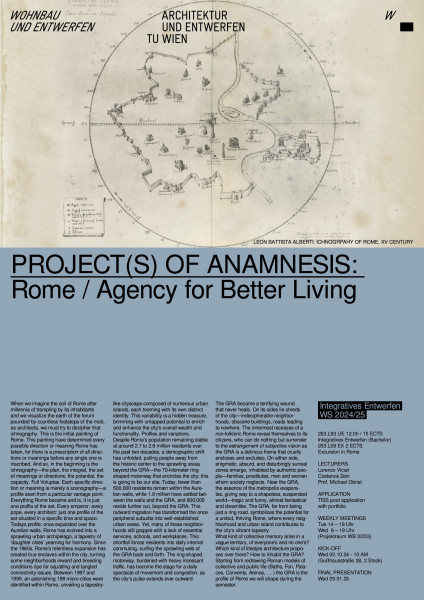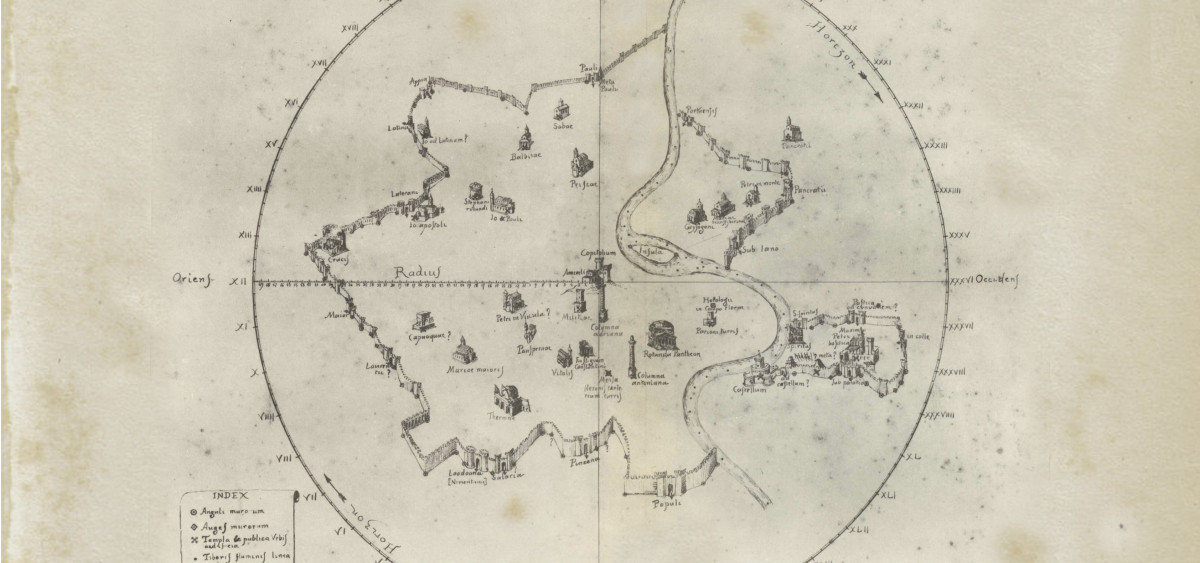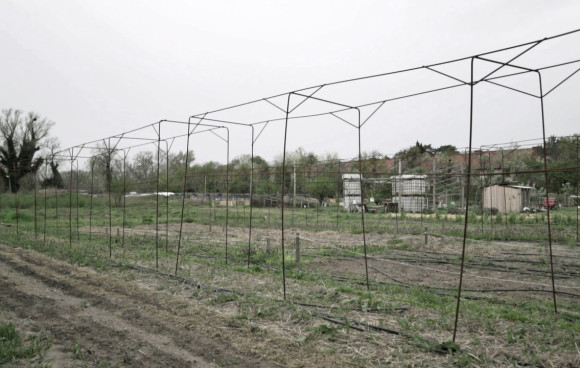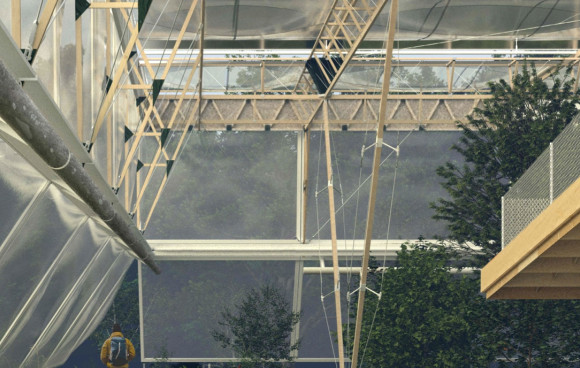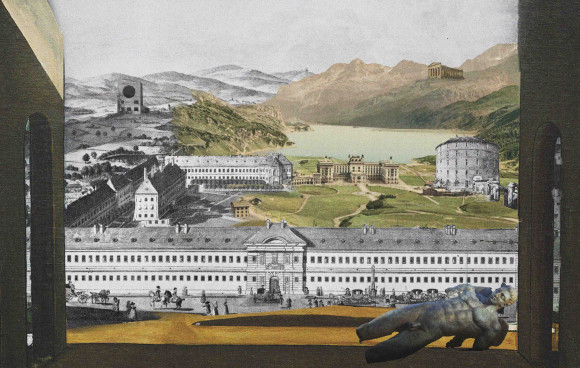Integratives Entwerfen
Project(s) of Anamnesis: Roma, Agency for Better Living
When we imagine the soil of Rome after millennia of trampling by its inhabitants and we visualize the earth of the forum pounded by countless footsteps of the mob, as architects, we must try to decipher that ichnography. This is the initial painting of Rome. This painting have determined every possible direction or meaning Rome has taken, for there is a prescription of all directions or meanings before any single one is inscribed. And so, in the beginning is the ichnography—the plan, the integral, the set of meanings or directions, the potential, the capacity. Full Voluptas. Each specific direction or meaning is merely a scenography—a profile seen from a particular vantage point. Everything Rome became and is, it is just one profile of the set. Every emperor, every pope, every architect: just one profile of the set situated in a specific time and space.
Todays profile: once expanded over the Aurelian walls, Rome has evolved into a sprawling urban archipelago, a tapestry of ‘daughter cities’ yearning for harmony. Since the 1960s, Rome’s relentless expansion has created true enclaves within the city, turning some neighborhoods inward and breeding conditions ripe for squatting and tangled connectivity issues. Between 1997 and 1999, an astonishing 198 micro-cities were identified within Rome, unveiling a tapestry-like cityscape composed of numerous urban islands, each teeming with its own distinct identity. This variability is a hidden treasure, brimming with untapped potential to enrich and enhance the city’s overall wealth and functionality. Profiles and variations.
Despite Rome’s population remaining stable at around 2.7 to 2.8 million residents over the past two decades, a demographic shift has unfolded, pulling people away from the historic center to the sprawling areas beyond the GRA—the 70-kilometer ring-shaped motorway that encircles the city: this is going to be our site. Today, fewer than 500,000 residents remain within the Aurelian walls, while 1.8 million have settled between the walls and the GRA, and 800,000 reside further out, beyond the GRA. This outward migration has transformed the once peripheral suburbs into well-established urban areas. Yet, many of these neighborhoods still grapple with a lack of essential services, schools, and workplaces. This shortfall forces residents into daily internal commuting, surfing the sprawling web of the GRA back and forth. The ring-shaped motorway, burdened with heavy incessant traffic, has become the stage for a daily spectacle of movement and congestion, as the city‘s pulse extends ever outward.
The GRA became a terrifying wound that never heals. On its sides lie shreds of the city—indecipherable neighborhoods, obscene buildings, roads leading to nowhere. The innermost recesses of a non-folkloric Rome reveal themselves to its citizens, who can do nothing but surrender to the estrangement of subjective vision as the GRA is a delirious frame that cruelly encloses and excludes. On either side, enigmatic, absurd, and disturbingly surreal zones emerge, inhabited by authentic people—families, prostitutes, men and women whom society neglects. Near the GRA, the essence of the metropolis evaporates, giving way to a shapeless, suspended world—tragic and funny, almost fantastical and dreamlike. The GRA, far from being just a ring road, symbolizes the potential for a united, thriving Rome, where every neighborhood and urban island contributes to the city‘s vibrant tapestry.
What kind of collective memory arise in a vague territory, of everyone’s and no one’s? Which kind of lifestyle architecture proposes over there? How to inhabit the GRA? Starting from redrawing Roman models of collective and public life (Baths, Fori, Palaces, Convents, Arenas, … ) the GRA is the profile of Rome we will shape during the semester.
12.0h, 15 ECTS
Di 14 – 19 Uhr
Mi 9 – 19 Uhr
KICK-OFF
Mi 02.10.24 um 10 Uhr
